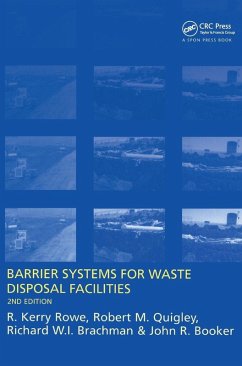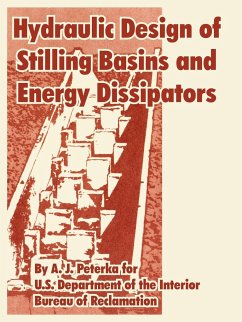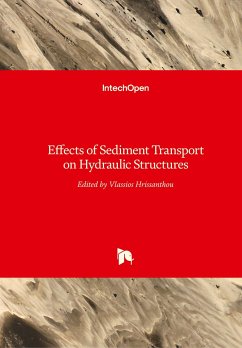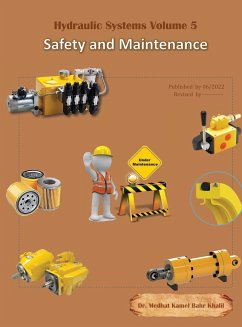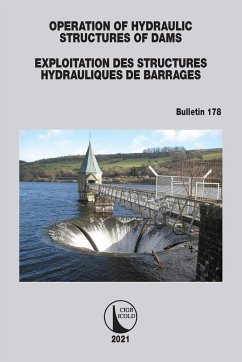
Hydraulic Conductivity
Engineering Essentials
Herausgeber: Sobol, William
Versandkostenfrei!
Versandfertig in 1-2 Wochen
140,99 €
inkl. MwSt.

PAYBACK Punkte
70 °P sammeln!
Hydraulic conductivity of materials such as plants, soil and rocks is defined as the ability of the fluid to pass through pores, spaces or fractures. Saturated hydraulic conductivity is the ratio of volume flux to hydraulic gradient yielding a quantitative measure of a saturated soil's ability to transmit water when subjected to a hydraulic gradient. The level of hydraulic conductivity relies on many factors such as the intrinsic permeability of the material, the degree of saturation, and the density and viscosity of the fluid. There are two approaches that are used for the determination of hy...
Hydraulic conductivity of materials such as plants, soil and rocks is defined as the ability of the fluid to pass through pores, spaces or fractures. Saturated hydraulic conductivity is the ratio of volume flux to hydraulic gradient yielding a quantitative measure of a saturated soil's ability to transmit water when subjected to a hydraulic gradient. The level of hydraulic conductivity relies on many factors such as the intrinsic permeability of the material, the degree of saturation, and the density and viscosity of the fluid. There are two approaches that are used for the determination of hydraulic conductivity. In the first approach, the empirical approach, hydraulic conductivity is associated with soil properties such as pore size and particle size (grain size) distributions, and soil texture. In the second approach, the experimental approach, the hydraulic conductivity is determined from hydraulic experiments using Darcy's law. This book contains some path-breaking studies related to hydraulic conductivity. The topics included herein are of utmost significance and will provide incredible insights to the readers.



